
Open-ended spanner
A working toolkit
You always need to carry some tools on board your boat for maintenance, and a toolkit is essential if you are undertaking boat improvements. The more jobs you carry out yourself the larger your toolkit needs to be, but here are some of the basics.
General tools
An assortment of tools for jobs on board, both handheld and powered.
Spanners
You can choose between open-ended spanners or ring spanners (or a combination spanner has one of each). Alternatively an adjustable spanner might be the right tool, but may not grip the nut so well. A socket spanner is a deep ring spanner with an extra ratchet handle, allowing more force to be exerted.

Open-ended spanner

Ring spanner

Ratchet ring spanner

Adjustable spanner
Screwdrivers
You will need both crossheaded and flat-blade screwdrivers. The correct type of head should be used to avoid damage to the screw.

Flat-blade screwdriver

Allen key

Crosshead screwdriver
Pliers and mole grips
Used to grip a metal objects, which a spanner cannot grip because it has no ‘flats’. Although useful, they can cause damage to the metal surface when in use so should be used with caution.
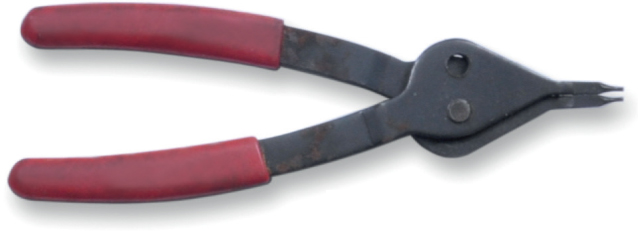
Circlip pliers
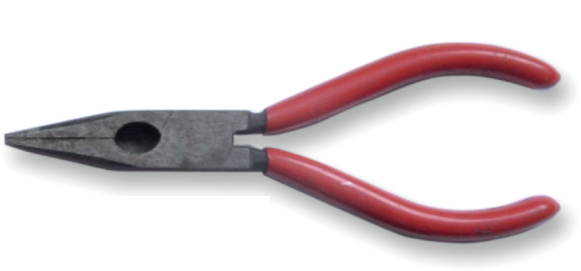
Long-nose pliers
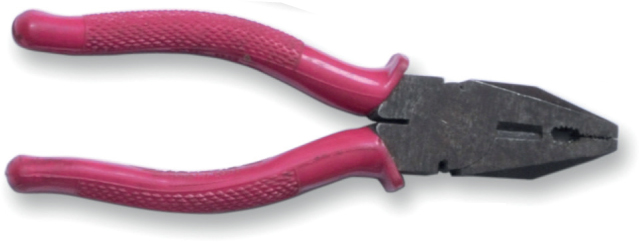
Pliers

Mole grips
Pop-riveting tool
Attachments to masts and booms are often made using tubular rivets, which need to be worked with a pop riveter.

Pop-riveting tool
Electrical or cordless drill/cordless screwdriver
Rechargeable tools are probably the most useful power tools on the boat. For heavy duty work mains-powered would be a more practical option than battery tools.
Drill bits
A set of twist drill bits is all you may need. Go for good quality bits that won’t need to be sharpened very often.
Electrical
A basic set of tools is required for installing and improving electrics on board.
Wire cutters
A pair of wire cutters is useful to cut the size of wire to the length you need.
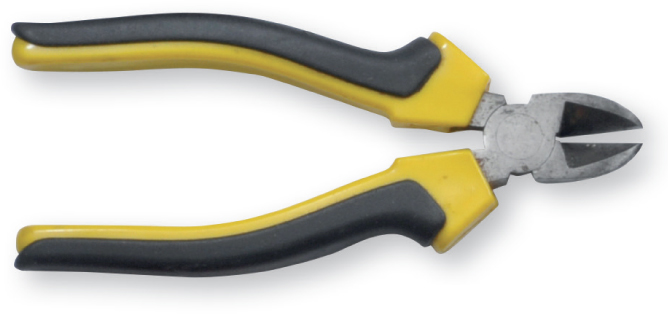
Wire cutters
Electrical screwdrivers
Designed to be safer than ordinary screwdrivers to use on electrical jobs because they are insulated against the possibility of touching a live wire.
Long-nose pliers
These are useful for holding things in awkward places where ordinary pliers are too big.
Crimper
Used to fit cable connectors to electrical wire. The ratchet type makes a more secure connection.
Soldering iron
Soldering irons come in many different wattages and may be mains-powered or powered from a 12-volt system. For soldering small wires a 25-watt iron will be fine.
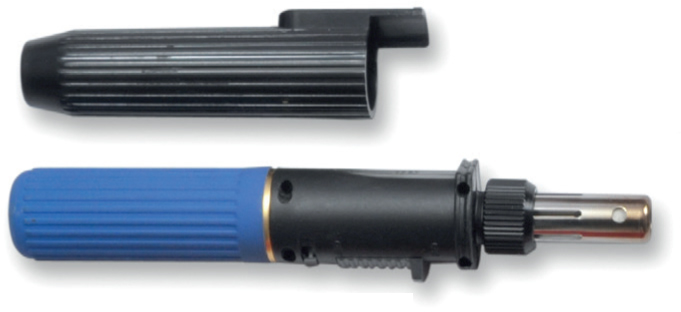
Gas soldering Iron
Woodworking
Woodworking tools will be useful for many projects. Stow them in a strong waterproof box so they don’t become damp and rusty.
Saws
A tenon saw is used for more accurate cutting and it has a rigid spine and small teeth. A rip saw has long flexible blades for fast cuts.

Tenon saw
Chisels
For most jobs a set of bevel-edged chisels will be adequate, but they need to be kept sharp.

Wood chisel
Spokeshave
Used for rounding off edges on a piece of timber, although a plane can be used on longer pieces of wood.

Spokeshave
Planes
Rasp planes and smoothing planes are used to improve surfaces on sawn timber. A longer jack plane is used when you are working on larger surfaces.
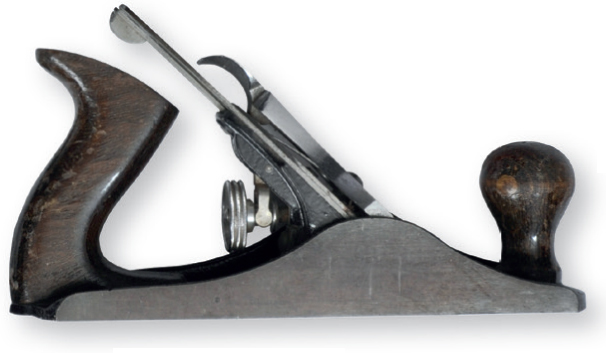
Smoothing plane

Rasp plane

Jack plane
OTHER TOOLS
Also useful:
Bolt cutters
Hole saw
Bradawl
Oil stone
Multi tool
Sanding block
Mastic gun
Tape measure
Torque wrench
Vernier gauge and micrometer
Multimeter
Jigsaw
Circular saw
Set square, bevel and clamp
Polisher